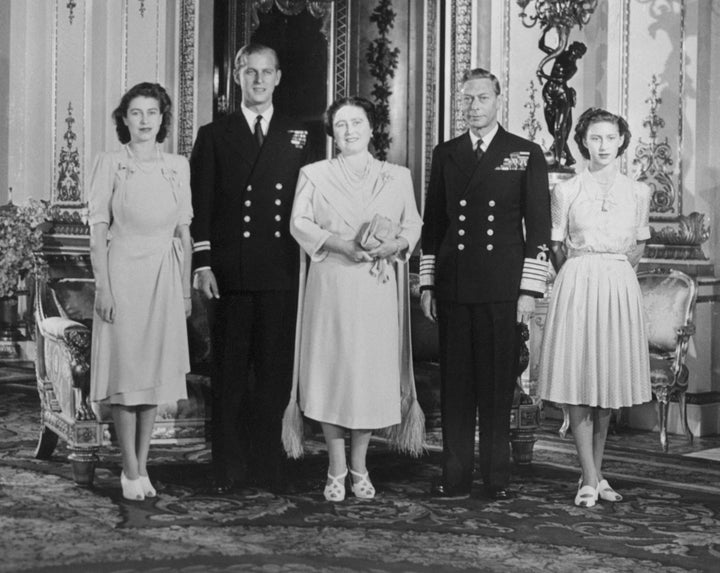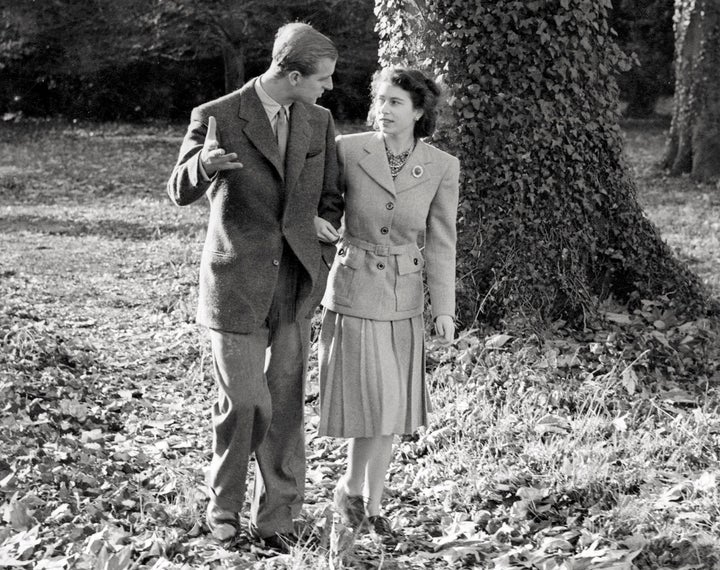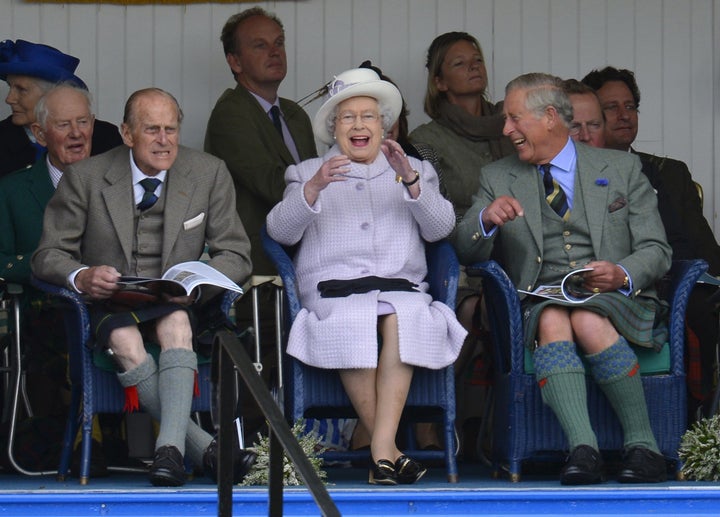Prince Philip, the Duke of Edinburgh and husband of Queen Elizabeth II, has died at age 99, the royal family announced Friday.
Philip and the queen were married for more than 70 years, making him the longest-serving spouse of a reigning British monarch. He was the oldest-ever male member of the British royal family.
Philip was born on the Greek island of Corfu on June 10, 1921, to Prince Andrew of Greece and Princess Alice of Battenberg.
His family belonged to the royal Danish House of Schleswig-Holstein-Sonderburg-Glucksburg, which had been installed on the Greek throne at the end of the 19th century. They were exiled from Greece after a revolutionary, anti-monarchy court banished Philip’s father for life. The family fled on a British Royal Navy warship in which the young prince reportedly slept in a crib that had been fashioned from an old orange box.
Philip was later sent to Great Britain, where he attended the Cheam Preparatory and Gordonstoun boarding schools.
The Royal Naval College at Dartmouth, where the prince enrolled at age 17, was the first place he spent significant time with his future wife, a distant cousin who was then 13 years old. (The two had the same great-great-grandparents, Queen Victoria and Prince Albert.) Then-Princess Elizabeth and her family visited the college in 1939 and, shortly after, she and Philip began exchanging letters.
During a visit to Balmoral Castle in Scotland in 1946, they decided to get married. The king agreed to the marriage but asked that they keep the engagement secret until after Elizabeth’s 21st birthday.

Before he married Elizabeth in 1947, Philip abandoned his Greek and Danish royal titles and became a British citizen. He began using the name Mountbatten, an Anglicized version of his mother’s maiden name, Battenberg. He was given several royal titles including Duke of Edinburgh, Earl of Merioneth and Baron Greenwich. He wasn’t formally made a prince of the United Kingdom until 1957.
The couple married at Westminster Abbey in November 1947. The ceremony was broadcast on the radio to 200 million people.
Philip resumed his naval career, which he had temporarily suspended after getting married, in 1949 when he was appointed first lieutenant and second-in-command of a destroyer based in Malta. After moving back and forth between London and Malta, Philip returned to the U.K. in 1951, taking an open-ended leave from the Navy upon news that the king had grown ill.
“I thought I was going to have a career in the Navy but it became obvious there was no hope. … There was no choice,” Philip later said, according to Vanity Fair. “That’s life. I accepted it. I tried to make the best of it.”

Throughout the early years of Elizabeth’s reign, which began after her father died in February 1952, Philip’s relaxed demeanor often complemented her more serious persona, which Time magazine described in 1957 as being “never fully relaxed in public.”
But acting as consort didn’t come easily to Philip at first. According to Vanity Fair, he jokingly referred to himself as a “refugee husband” in the early days of the queen’s reign and struggled to shape the duties of his job.
The couple had a significant disagreement after Elizabeth announced she planned to keep her family name of Windsor. “I am the only man in the country not allowed to give his name to his children,” Philip reportedly said to friends.
Phillip and Elizabeth had four children ― Prince Charles, Princess Anne, Prince Andrew and Prince Edward ― born from 1948 to 1964. To include her husband’s name in the family tree, Elizabeth determined that her descendants who did not use the title of “royal highness” would take on the family name Mountbatten-Windsor.

In later years, Philip became notorious for his controversial — and often racist — “jokes” to members of the public, like when he told a British student living in China “if you stay here much longer, you will go home with slitty eyes.”
The first public acknowledgment of his advancing years came as he was preparing to turn 90, when Buckingham Palace announced that the duke planned to step down as president or patron of more than a dozen organizations ahead of his milestone birthday in 2011.
He announced his retirement from conducting royal engagements in 2017, though he did attend his grandson Prince Harry’s wedding to American actor Meghan Markle in May 2018. He was present despite reports that he had suffered a fractured rib only days earlier, an injury that The Sun newspaper reported he had sustained while taking a bath.
In January 2019, he was involved in a car crash near Sandringham Estate, the queen’s Norfolk retreat. The driver and the passenger of the car that his Land Rover collided with required medical attention, though he was apparently unhurt. Following the crash, Buckingham Palace reported that Philip voluntarily surrendered his driver’s license.
He is survived by his wife, the queen; four children; eight grandchildren, including Princes William and Harry; and 10 great-grandchildren.
Sara C. Nelson, Maija Kappler and Nora Biette-Timmons also contributed to this report.
